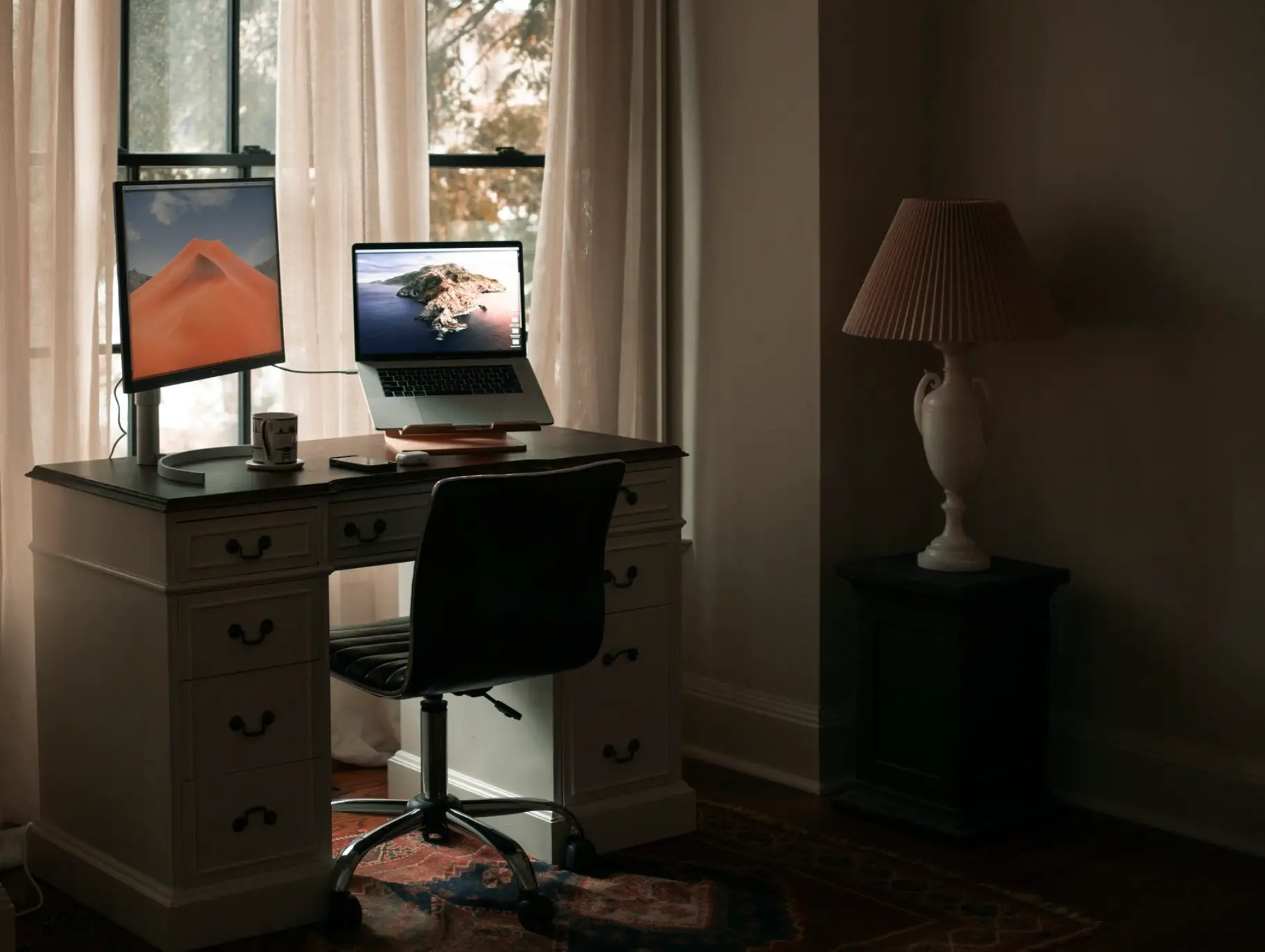Let’s get honest for a second. Most of us are guilty of hanging onto what’s comfortable, even when it’s running our lives into the ground.
We stick with outdated beliefs, put up with toxic environments, or replay old family stories, all because “familiar” feels safer than the unknown. If you’ve ever stayed in a job or relationship longer than you should’ve, you know exactly what I’m talking about.
Generational trauma? That’s just the family-sized version of clinging to the past, even when it hurts more than it helps.
Here’s the kicker: letting go always feels riskier than just sticking it out. We tell ourselves it’s easier, or safer, or that we “just need more time.”
But the reality is, clinging to what no longer serves us usually costs us way more in the long run – whether it’s missed opportunities, lost confidence, or just feeling stuck on repeat.
If you’ve ever wondered why change is so hard, or why you keep repeating patterns that don’t work, you’re in good company.
This post is for anyone who’s tired of spinning in circles and ready to actually make space for something better.
Here’s what you’ll take away:
- Why our brains love the familiar (even when it’s bad for us)
- The hidden cost of holding onto old stories and safe routines
- How to spot when it’s time to let go versus hold on
- Practical ways to create space for real growth and new beginnings
Let’s get into it.
Familiarity Isn’t Always Your Friend
We all crave the safety of what we know, even when deep down we can tell it’s holding us back. Maybe it’s that job you’re only half-invested in, a relationship that feels more like habit than connection, or rituals you cling to because “it’s what you’ve always done.”
The brain’s built-in survival wiring will always push you toward comfort, but comfort has a hidden cost: it quietly keeps you from taking the kind of risks that actually lead to growth.
Here’s the thing… letting go of the familiar isn’t about being reckless. It’s about being honest. Shifts take time, and usually start small. You don’t have to blow up your life to make progress. Instead, ask yourself if you’re staying put because you’re truly content, or just afraid of the unknown.
Consider trying some of these micro-shifts:
- Audit your routines. Are you keeping that weekly meeting or commitment out of value, or just inertia?
- If you find yourself complaining about the same thing for months, ask if it’s time to let it go or at least challenge why you’re still tolerating it.
- Start one honest conversation (with yourself or someone else) about what you’ve outgrown, even if you’re not ready to act on it yet.
- Experiment with a new activity, boundary, or habit. You don’t have to commit forever, but have to give yourself permission to try.
- Track how you feel before and after making a small change. Sometimes the smallest shift in your environment or thinking can give you the clarity to keep going.
Growth rarely shows up as a lightning bolt.
More often, it’s the quiet, consistent act of questioning what’s become too comfortable and slowly giving yourself permission to reach for something better.
The Hidden Price of Staying Stuck
There’s a real cost to staying in the same place for too long even if it feels “safe.” When we repeat old patterns, follow routines that don’t fit, or settle for what’s easy, the price shows up as missed opportunities, growing resentment, and the sense that we’re meant for more but not sure how to get there. The longer we stay stuck, the heavier that quiet toll becomes.
A lot of this comes from the beliefs we pick up early: family lessons, cultural norms, and all the well-meaning advice that says, “Don’t rock the boat.”
Maybe your parents told you job hopping was reckless, or friends warned you that starting your own thing was too risky. But sometimes the people who love us most are the ones who reinforce what’s familiar because that’s what they know.
Here’s what I’ve learned firsthand:
- Every time I ignored the warnings and made a move, my career and confidence took a leap forward.
- Job hopping looked “unstable” on paper, but in reality, each new role pushed me closer to building the business I run today.
- Listening to the outside noise kept me stuck longer than necessary; tuning it out opened up new possibilities.
You don’t have to break every rule, but you owe it to yourself to question which patterns and advice are genuinely serving your growth and which ones are just keeping you safely in place.
Sometimes, the real risk isn’t change. It’s never letting yourself see what’s possible.
Creating Space for New Beginnings
Letting go isn’t just about walking away from something. It’s an act of self-respect. A conscious decision to choose what’s possible over what’s familiar.
When you finally release situations, beliefs, or even roles that have outlived their purpose, you make room for new experiences, relationships, and growth that simply wouldn’t fit before.
Think of it like clearing out a closet. You can’t add new clothes if it’s already stuffed with things you never wear. The same goes for your life: evolution only happens when you’re willing to make space for it.
Growth is almost always uncomfortable at first. That’s true whether you’re changing jobs, setting a new boundary, or lacing up your running shoes when you’d rather stay in bed. But discomfort is temporary. The rewards (e.g., better opportunities, fresh energy, real joy) last far longer.
If you’re ready to clear space for what’s next, try:
- Pinpointing one area of your life where you feel stagnant or boxed in, and asking yourself what you’re afraid to release.
- Writing down outdated beliefs or habits you’ve inherited from family, mentors, or old environments, and questioning whether they still serve you.
- Trying a “micro-release.” Maybe it’s unfollowing accounts that drain you, or clearing your schedule of obligations that don’t energize you.
- Investing your energy in people, places, and projects that give you momentum, not just comfort.
- Treating discomfort as a sign of progress, not a signal to turn back.
Letting go isn’t easy, but it is the fastest way to give yourself a shot at something better. When you clear the old, you invite the new and that’s where real evolution begins.
Hold On to What’s Healthy
Not everything familiar is working against you. The challenge is knowing the difference between what’s healthy and what’s simply comfortable.
Growth doesn’t mean tossing out every routine or relationship just because it’s old. Some familiar things really are worth keeping.
It comes down to being honest with yourself: is this habit fueling your energy and confidence, or is it just filling time? Are your routines bringing you peace and progress, or are they secretly holding you back from something better?
Here are a few ways to separate healthy from outdated:
- Take inventory of your daily and weekly routines. Notice which habits leave you feeling energized versus the ones that drain you.
- Ask yourself if a routine or relationship challenges you to grow, or just lets you coast.
- Hold onto the rituals that support your goals and mental health whether that’s running, journaling, cooking, or regular walks with a friend.
- Be willing to tweak or replace habits that feel more like a crutch than a support system.
- Remember, growth is not about abandoning what works. It’s about doubling down on what’s healthy and letting go of what’s just easy.
Sometimes the best move isn’t to start over, but to be intentional about what you keep as you grow.
Choosing Growth Over Familiarity
Letting go is never easy. It takes guts to walk away from the things you’ve always known, even when they’re holding you back. But here’s the truth: the price you pay for staying stuck is always higher than the temporary discomfort of change.
You don’t have to overhaul your whole life overnight. Start small. Make one change, open up a little space, and watch what new opportunities show up. Growth is just a series of these small, honest moves – one decision at a time.





